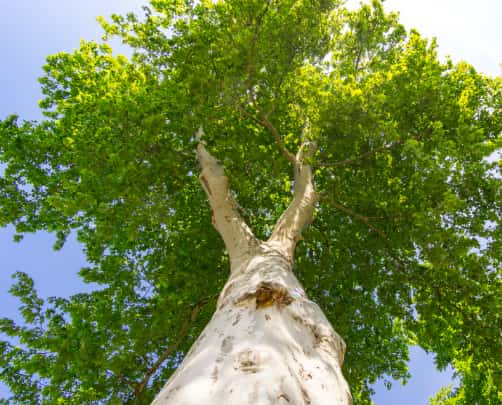Introduction: Tree pruning is not merely a task; it’s an art that requires a deep understanding of tree biology, growth patterns, and the impact of each cut. Pruning can enhance a tree’s health, aesthetics, and safety when done correctly. In this blog post, presented by Thetford Tree Surgeons, we’ll delve into tree pruning, providing a comprehensive guide to mastering proper techniques.
Why Tree Pruning Matters
Proper tree pruning is essential for several reasons:
- Health and Growth: Removing dead, diseased, or damaged branches promotes healthy growth by redirecting energy to vital parts of the tree.
- Safety: Pruning eliminates weak branches that could pose risks to people, structures, or vehicles.
- Aesthetics: Artful pruning enhances the tree’s appearance, adding to the beauty of your landscape.
- Airflow and Sunlight: Strategic pruning improves airflow and allows sunlight to penetrate the tree’s interior, preventing fungal growth and promoting balanced growth.
Pruning Techniques
- Crown Cleaning: This involves the removal of dead, dying, or diseased branches. It’s a crucial first step in any pruning process, as it improves the tree’s overall health.
- Crown Thinning: Thinning out the crown involves selectively removing branches to increase sunlight penetration and air circulation. Avoid removing more than 25% of a tree’s crown.
- Crown Raising: Raising the crown involves removing lower branches to create space beneath the tree, allowing for clearance over walkways, roads, or buildings.
- Crown Reduction: This technique involves trimming the outermost branches to reduce the tree’s overall size while maintaining its natural shape. Avoiding excessive cutting is essential, as it can stress the tree.
- Directional Pruning: Encourage proper growth by cutting branches back to a healthy lateral branch or bud facing the desired direction.
Tools and Safety Precautions
Using the right tools is crucial for proper pruning:
- Hand Pruners: Ideal for smaller branches (up to ¾ inch diameter).
- Loppers: Suitable for branches up to 2 inches in diameter.
- Pruning Saws: Used for larger branches. Choose between curved and straight blades based on the task.
- Pole Pruners: Pole pruners with telescopic handles offer reach and control for higher branches.
- Safety Gear: Wear gloves, eye protection, and a hard hat to safeguard yourself while pruning.
Pruning Dos and Don’ts
Dos:
- Do Start Young: Pruning young trees establishes proper growth patterns and prevents future issues.
- Do Prune for a Purpose: Each cut should have a purpose, whether it’s for health, safety, or aesthetics.
- Do Make Clean Cuts: Use sharp tools and smooth cuts to encourage quicker healing.
Don’ts:
- Don’t Overprune: Removing too much foliage stresses the tree and affects its health.
- Don’t Top Trees: Topping or removing large branches at the crown damages the tree’s structure and appearance.
- Don’t Neglect Timing: Prune during the proper seasons to avoid stressing the tree.
Conclusion: The art of tree pruning goes beyond simple trimming; it requires understanding the tree’s biology and careful consideration of each cut’s impact. Proper techniques not only enhance the tree’s health and aesthetics but also contribute to the safety and vitality of your landscape. Mastering the art of tree pruning ensures your trees flourish for years, making your outdoor space more beautiful and inviting. If you’re uncertain about any aspect of tree pruning, don’t hesitate to consult experts like Thetford Tree Surgeons for professional guidance and assistance.
Call us on: 01842 771 096
Click here to find out more about Thetford Tree Surgeons
Click here to complete our contact form and see how we can help with your tree’s needs.

